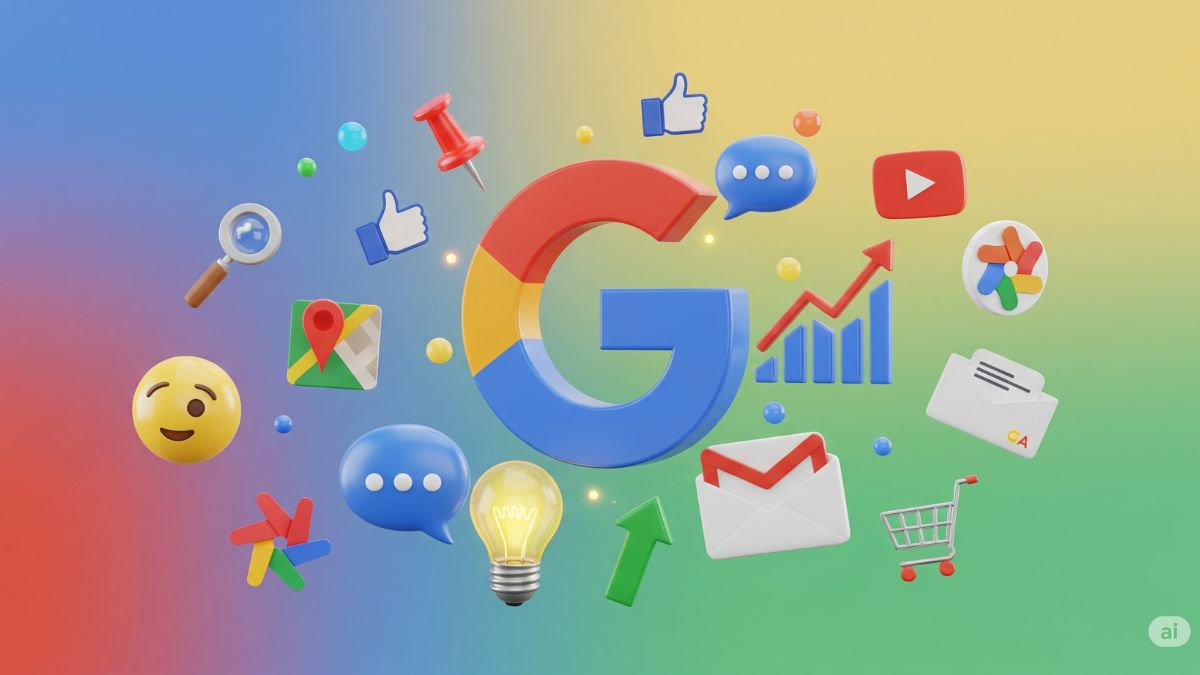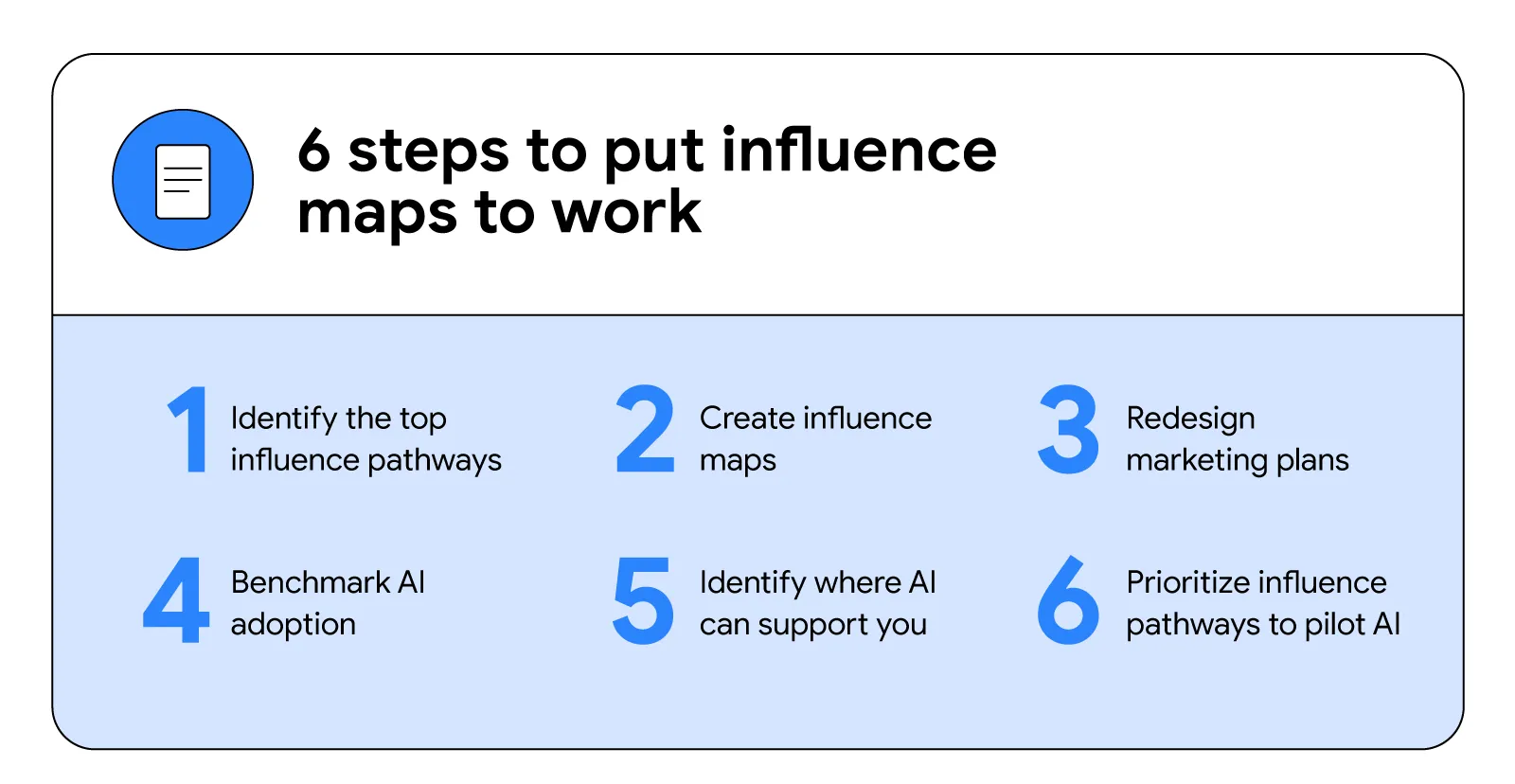
For years, the marketing funnel was the primary framework for understanding the customer journey: a linear process where the customer moves from awareness to consideration, then conversion, and finally loyalty. However, this model no longer reflects reality. Google, in collaboration with Boston Consulting Group (BCG), proposes replacing the funnel with a new concept that’s much better suited to today’s consumer habits: influence maps.
ALSO READ. Google: Why is measurement the key issue in AI adoption in marketing?
What are influence maps according to Google?
Influence maps are a visual and strategic representation of how consumers actually interact with brands today. They do not describe a linear process but rather a complex network of simultaneous and repetitive interactions that span across various channels, formats, and moments.
This concept acknowledges that consumers do not travel from point A to point B in a straight line. Instead:
- They discover brands while streaming videos (Stream).
- They get inspired while scrolling on social media (Scroll).
- They research through Google searches (Search).
- And finally, they shop on digital or physical platforms (Shop).
The 4S —Search, Stream, Scroll, Shop— intersect, repeat, and blend, creating unique journeys for every consumer.
Why is the marketing funnel no longer enough?
The traditional funnel assumes a sequential process that no longer holds:
- Awareness.
- Consideration.
- Conversion.
- Retention.
But modern digital behavior is:
- Simultaneous: someone might watch a YouTube tutorial while comparing prices on Google Shopping.
- Fragmented: the journey happens across various devices, from smartphones to Smart TVs.
- Non-linear: someone may discover a product after already purchasing it, influenced by a content creator.
According to Google, over 130 mobile touchpoints a day can influence a consumer, not even counting other devices. That’s why we need a map that reflects this complexity, not a simple funnel.
How are influence maps built?
Google and BCG suggest a 6-step process:
- Identify the main paths of influence: analyze both online and offline customer behavior.
- Create the influence map: visualize the users’ predominant pathways.
- Redesign the marketing plan: adapt messages, creatives, and budgets to the map.
- Evaluate the level of AI adoption: integrate technology to scale and personalize.
- Identify where AI can add the most value: in creativity, media, or measurement.
- Prioritize critical stages to apply AI first: maximize return in each phase.

Google’s recommended tools for this include:
- Performance Max: to optimize campaigns across all channels.
- Demand Gen: to generate demand on YouTube, Gmail, and Discover.
- Meridian and Attribution AI: to accurately measure the impact of each touchpoint.
Benefits of influence maps
- A comprehensive view of consumer behavior.
- Real-time optimization of advertising investment.
- Greater personalization and consistency in ad messaging.
- More accurate measurement of each journey stage.
- Better prediction and strategic planning capabilities with AI.
Ultimately, influence maps not only allow a better understanding of today’s consumer but also transform marketing into an adaptable, predictive, and measurable system.










